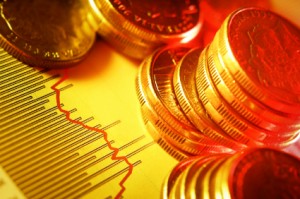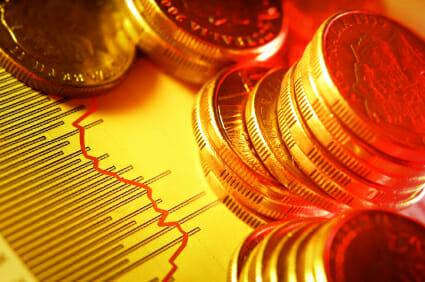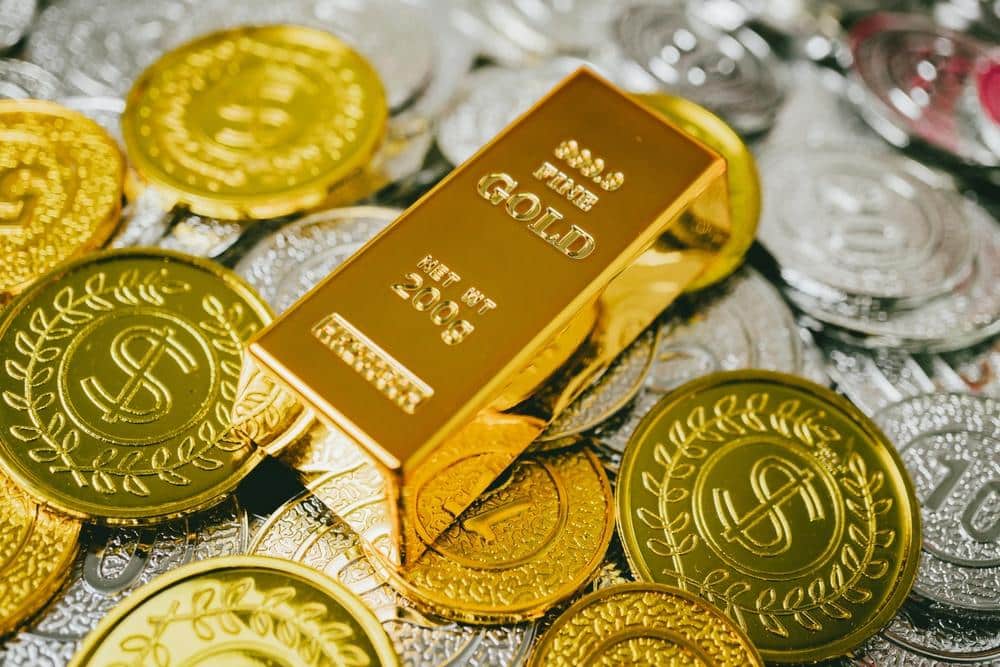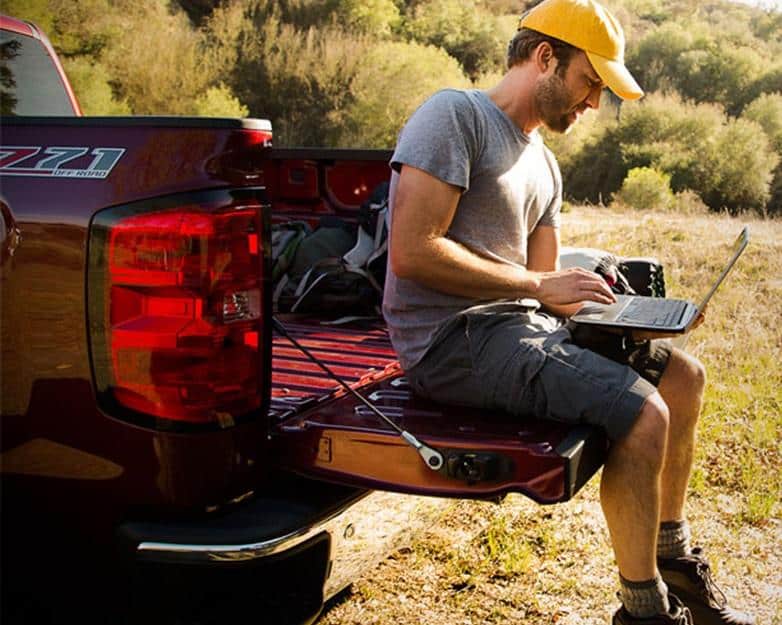 When gold was cheap – relatively speaking – loading up on bullion bars, coins, and rounds made sense. The premiums for graded numismatic coins seemed crazy, and the concept of collectibles generating wealth wasn’t a mainstream idea. However, now that the price of gold is consistently hovering around the range of $1400 per ounce, looking at alternatives to straight bullion purchases could help you get more from your gold investments over the long term.
When gold was cheap – relatively speaking – loading up on bullion bars, coins, and rounds made sense. The premiums for graded numismatic coins seemed crazy, and the concept of collectibles generating wealth wasn’t a mainstream idea. However, now that the price of gold is consistently hovering around the range of $1400 per ounce, looking at alternatives to straight bullion purchases could help you get more from your gold investments over the long term.
Understanding Numismatics – The Quick Guide
Basically, numismatics is the field of studying and collecting coins. Modern numismatics uses the 70 point grading scale developed by Dr. William Shelby to separate circulated and uncirculated coinage into levels of quality based on mint weight, striking features, and levels of wear. In general, the higher the score, the better the coin. This scale has been added to in recent years with the Professional Coin Grading Service (PCGS) Secure Plus program, which offers a digital signature for each coin to provide another layer of objectivity in grading wear and protect against fraud and theft by registering coins.
Since coins in numismatics are valued for factors above and beyond their weight and metal content, they tend to be less volatile than bullion investments as spot prices fluctuate. Rarity is definitely a factor, as is internationalization of demand. There were only so many coins minted in 1923, for example, and demand for graded coins from Chinese and Indian investors has been trending higher. As international buyers vie with domestic buyers for top coins, the fixed supply of coins means that values for numismatics and collectible coins have the potential to hold steady regardless of the spot price for gold.
Recommendations From Around The Web
Graded coins are generally not bought at swap meets, fairs, or trade shows, though occasionally you will see numismatic coins there on display. Instead, buying numismatic coins generally requires a relationship with a broker or dealer who will leverage a network of auction houses, private collections, and industry clearinghouses to source the coins that you want. Finding your perfect partner takes time, but marrying up your budget and needs with niche expertise in numismatics is possible with research.
As a beginner, however, where should you begin to look for numismatic values? A reasonable starting place would be with the coins that are already being touted as top numismatic gold coin buys.
- The $2.50 and $5 Indian coins are recommended by U.S. Secure Coins. The company marks them as a value because their unique incuse design was unpopular when they were first minted, leading to limited mint runs. Meant for circulation, unworn or lightly worn coins are extremely valuable.
- The Type I Double Eagle is recommended by Monaco Rare Coins. The company notes that these were the first $20 gold piece minted in the U.S., passing out of production in 1866.
- St. Gauden’s $20 gold coin is recommended by the American Gold Exchange. The coins are considered to have been one of the most beautiful designed every minted, and were so popular that the new American Gold Eagles use the same famous layout.
These are just a starting point. If you are truly serious about switching to numismatics, you may want to consider pursuing the coins on the PCGS “100 Greatest U.S. Coins” list. While some of the coins are unobtainable outside of museums, each member of the list is consistently in demand, potentially ensuring a strong return on your investment.
Tips For Buying With Confidence
Exploring numismatics and collectible coins is a significant mental leap from just being a bullion buyer. This doesn’t mean you should stay away from graded coins out of fear. Instead, here are four tips that may help you buy with confidence:
- Know what you’re buying. What makes it rare? What contributes to its value?
- Look for certifications and guarantees. Who are you working with, and what are their certifications or industry affiliations? Who is grading your coin, and what guarantees do they make about grading accuracy?
- Take delivery. Unless you have previously arranged for third party storage, don’t buy any coin you won’t physically receive. This allows you to inspect your purchase and ensures you get what you wanted.
Make sure you can get your money back. Most reputable coin companies and brokers will allow you to return coins that aren’t up to snuff when delivered, and the best offer 100% satisfaction and money back policies.
If you liked this article you may be interested in this product from our sponsor.












